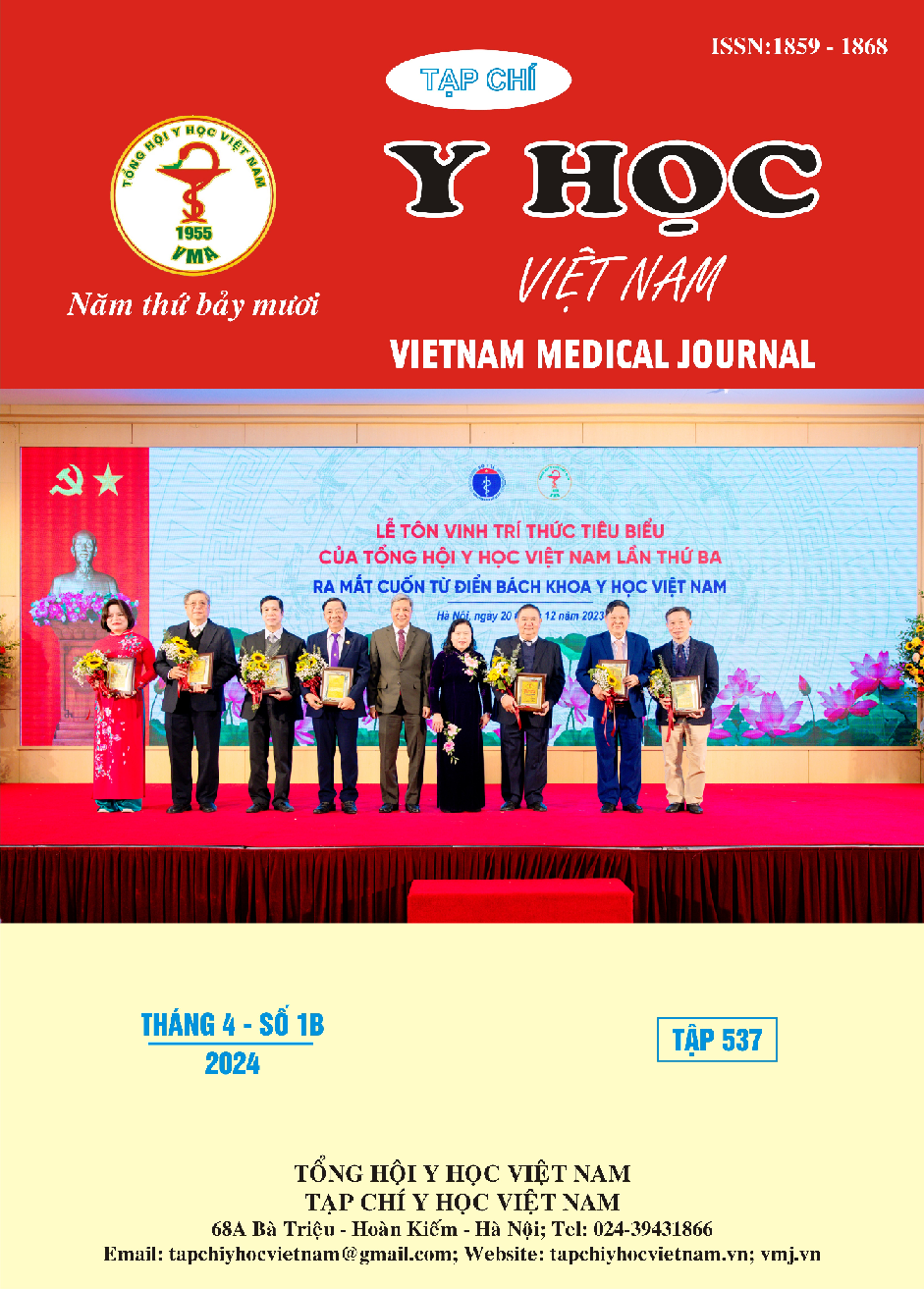THE PREVALENCE OF ODOR IMPAIRMENT AND ITS RELATIONSHIP IN PARKINSON’S DISEASE
Main Article Content
Abstract
Background: Hyposmia is an early sign of Parkinson's disease and one of the supportive criteria in the diagnosis of PD. Prevalence of olfactory dysfunction in PD varies across studies. Objectives: To investigate prevalence of hyposmia/anosmia in Parkinson’s disease and identify factors associated with this disorder. Methods: This cross-sectional study was conducted at Ho Chi Minh City University Medical Center. Patients were diagnosed with Parkinson’s disease according to the International Parkinson’s Disease and Movement Disorder Society 2015 Diagnostic Criteria. All participants were evaluated for odor identification ability by using the VSIT. Socio-demographic data and clinical features of PD were analyzed. Cognitive function was assessed by using MMSE. Disease severity was evaluated by using H&Y staging and the Movement Disorder Society-Unified Parkinson's Disease Rating Scale. Results: A total of 218 PD patients participated in the study with 46.3% male and 53.7% female, median age of 61.5. Using the cut-off of 8 (<8 indicates hyposmia), the prevalence of olfactory dysfunction in PD patients was 84.4%. However, this prevalence falls to 75.7%, when adjusted to sex- and age-related norms. The smell identification score was not significantly correlated with sex, disease duration, Hoehn & Yahr stage, MDS-UPDRS score, and LEDD (all p > 0.05). Age and age of onset of PD patients with hyposmia were significantly greater than those of PD patients with normative olfactory function (all p < 0.05). However, cognitive function of patients with normosmia was better than that of hyposmic group (p=0.006). Conclusion: Hyposmia is a common non-motor symptom of Parkinson's disease. Smell identification ability in PD was not associated with the disease duration and disease severity.
Article Details
Keywords
Parkinson’s disease, olfactory dysfunction, Vietnamese smell identification test
References
2. Tran, T.N., et al., Development and validation of the Vietnamese smell identification test. Parkinsonism Relat Disord, 2023. 113: p. 105494.
3. Tran, T.N., et al., Normative data for the Vietnamese smell identification test. Clin Park Relat Disord, 2023. 9: p. 100222.
4. Ansari, K.A. and A. Johnson, Olfactory function in patients with Parkinson's disease. J Chronic Dis, 1975. 28(9): p. 493-7.
5. Herting, B., et al., A longitudinal study of olfactory function in patients with idiopathic Parkinson's disease. J Neurol, 2008. 255(3): p. 367-70.
6. Meusel, T., et al., The course of olfactory deficits in patients with Parkinson's disease--a study based on psychophysical and electrophysiological measures. Neurosci Lett, 2010. 486(3): p. 166-70.
7. Kiakojuri, K., et al., Evaluation of Olfactory Function by Iranian Smell Diagnostic Test in Patients with Parkinson's disease in North of Iran. Iran J Otorhinolaryngol, 2021. 33(118): p. 271-279.
8. Pekel, N.B., et al., Associations Between Olfactory Impairment and Cognitive Functions in Patients with Parkinson Disease. Noro Psikiyatr Ars, 2020. 57(3): p. 216-221.


